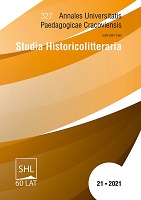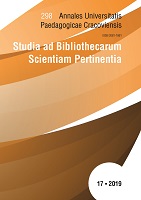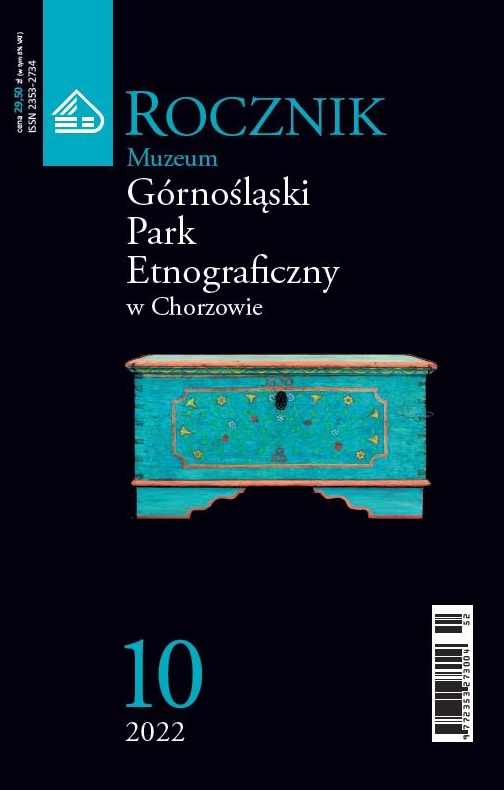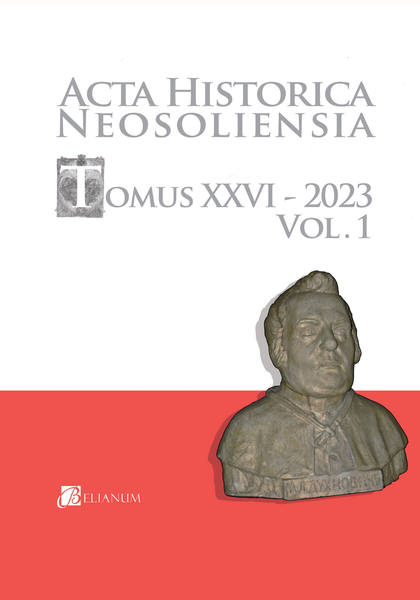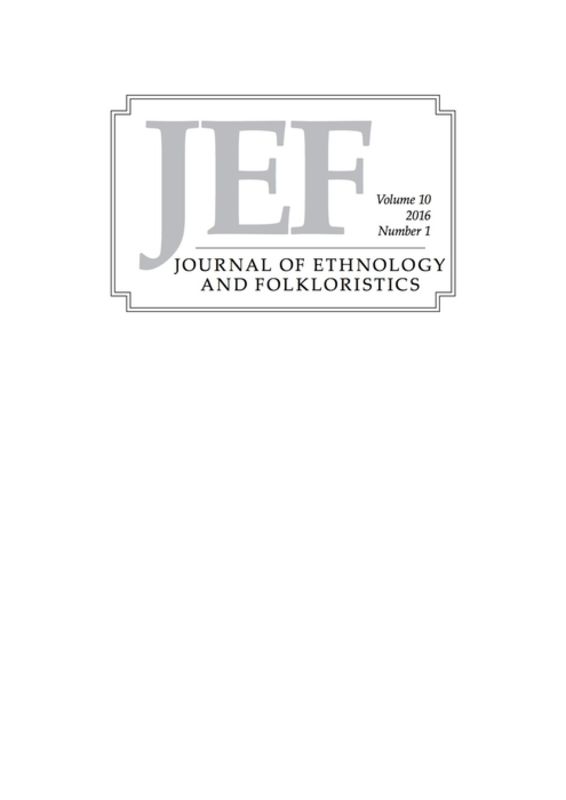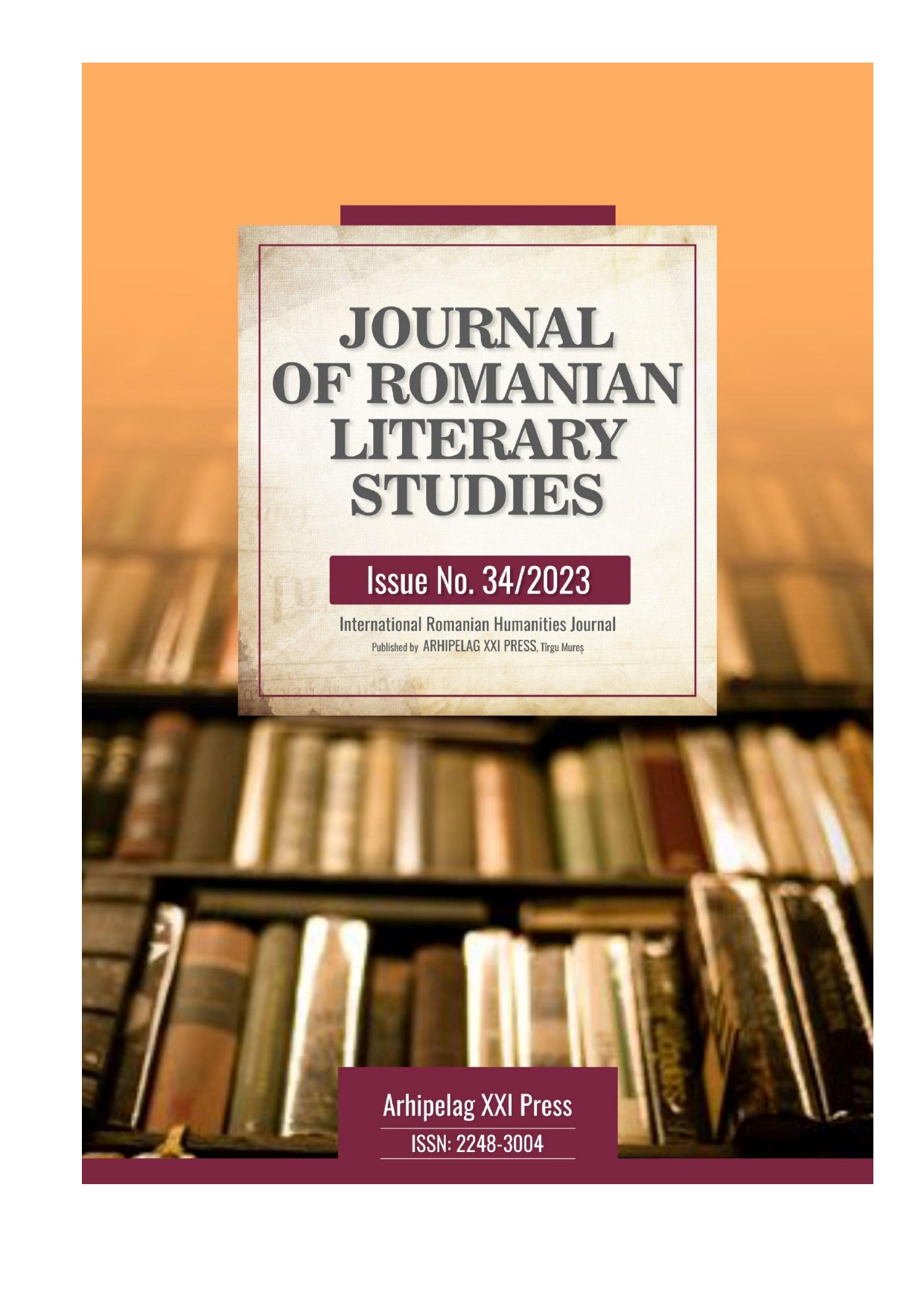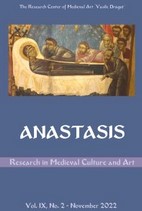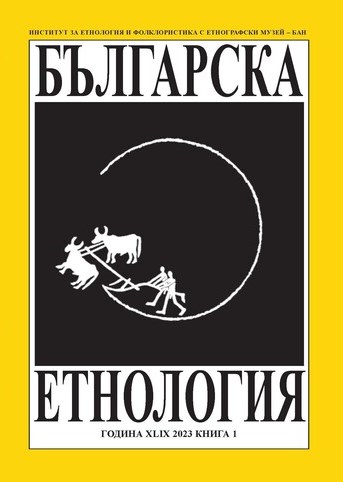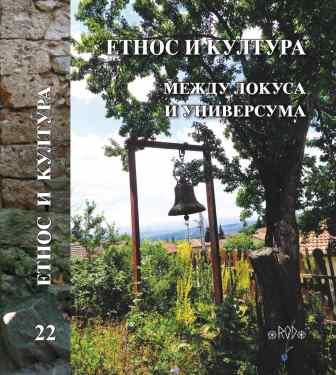Od bajki (ludowej) do science fiction. Badania nad literaturą niewerystyczną na Uniwersytecie Mikołaja Kopernika w Toruniu
This article encompasses a historical and problem-based review of research on fantasy and the fantastic undertaken since the 1960s at the Nicolaus Copernicus University in Toruń. It presents initial studies of non-veristic literature, so publications of Artur Hutnikiewicz on Stefan Grabiński, Andrzej Stoff on Stanisław Lem and Jan Mirosław Kasjan on the folk tale with magical components. While discussing the development of research on fantasy undertaken by next generations of scientists, the article also points to a shift in cultural studies, which started to undertake concepts such as media studies, film studies, literary and cultural comparative studies. This shift enriched the analyses with considerations on the reception of cultural texts, fandoms, digital games and the new media. It delineates new research directions and methodological tendencies that cross the borders of conventional literary studies that initiated the Toruń thought regarding fantasy.
More...
